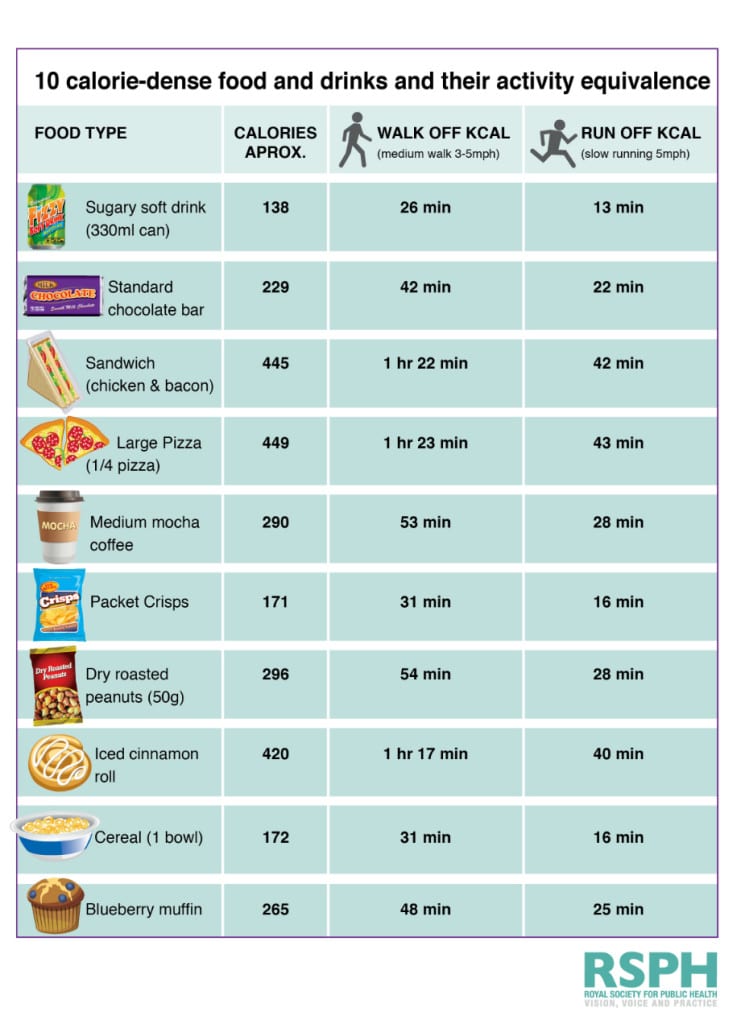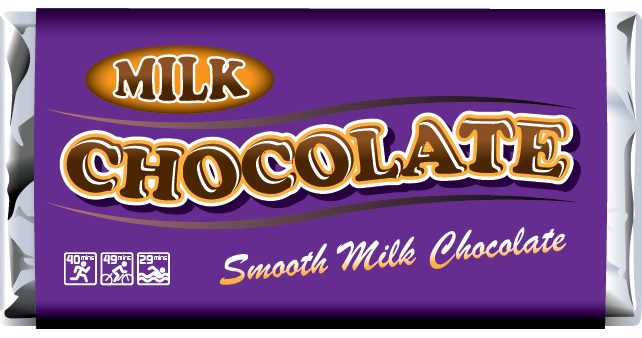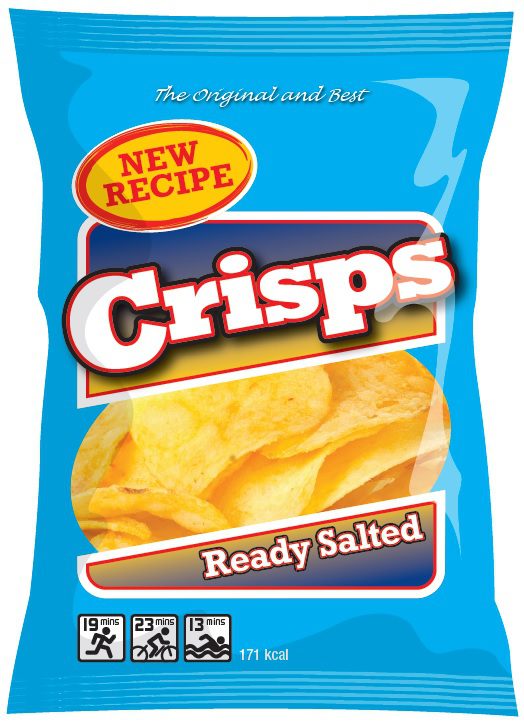
The RSPH (Royal Society for Public Health) proposes these labels take the form of prominent pictorial icons alongside existing front-of-pack information and it is hoped this would increase consumer awareness both of the calories contained within food and drink and the activity required to burn off the calories individuals consume.


The call is included in a policy paper by RSPH which shows many people find current front-of-pack nutritional information confusing, with many suffering from ‘information overload’ when it comes to making healthy purchasing decisions.


RSPH is pointing to ‘activity equivalent’ calorie labelling as a means of making nutritional information simpler, more comprehensible and relatable to everyone, by making use of symbols rather than numerical information alone. Previous studies have suggested this could help moderate calorie intake, and RSPH’s own research found two-thirds (63 per cent) of people would support its introduction, with over half (53 per cent) saying it would cause them to make positive behaviour changes such as choosing healthier products, eating smaller portions or doing more physical exercise.


As well as moderating excessive calorie consumption, it is hoped that ‘activity equivalent’ calorie labelling would help promote and normalise physical activity, which has a wide range of physical and mental health benefits beyond weight management alone. People surveyed by RSPH were three times more likely to indicate they would undertake physical activity after viewing ‘activity equivalent’ calorie labels than after viewing current ‘traffic light’ nutritional labels alone.
Shirley Cramer CBE, Chief Executive, RSPH, said: “Although nutritional information provided on food and drink packaging has improved it is evident that it isn’t working as well as it could to support the public in making healthy choices. Activity equivalent calorie labelling provides a simple means of making the calories contained within food and drink more relatable to people’s everyday lives, while also gently reminding consumers of the need to maintain active lifestyles and a healthy weight.”
“Given the responsibility of the food industry in tackling the obesity epidemic we believe activity equivalent calorie labelling could provide the nudge many people need to be more active and support their customers to make healthier choices.”
Steven Ward, Executive Director of ukactive, added: “Anything that can get people more physically active is a step in the right direction. ukactive welcomes this paper as another sign that getting more people, more active, more often is at the top of public health professionals’ minds. We see a lot of health messaging telling us off, to eat and drink less, which although correct, doesn’t work for everyone.
"Encouraging people to be more active is a positive message, more about supporting people to start rather than imploring them to stop. Physical activity has been described by the Academy of Medical Royal Colleges as a ‘miracle cure’ so we should treat it as just that.”
[poll id="10"]
Overweight people 'react differently to real food and images of snacks'